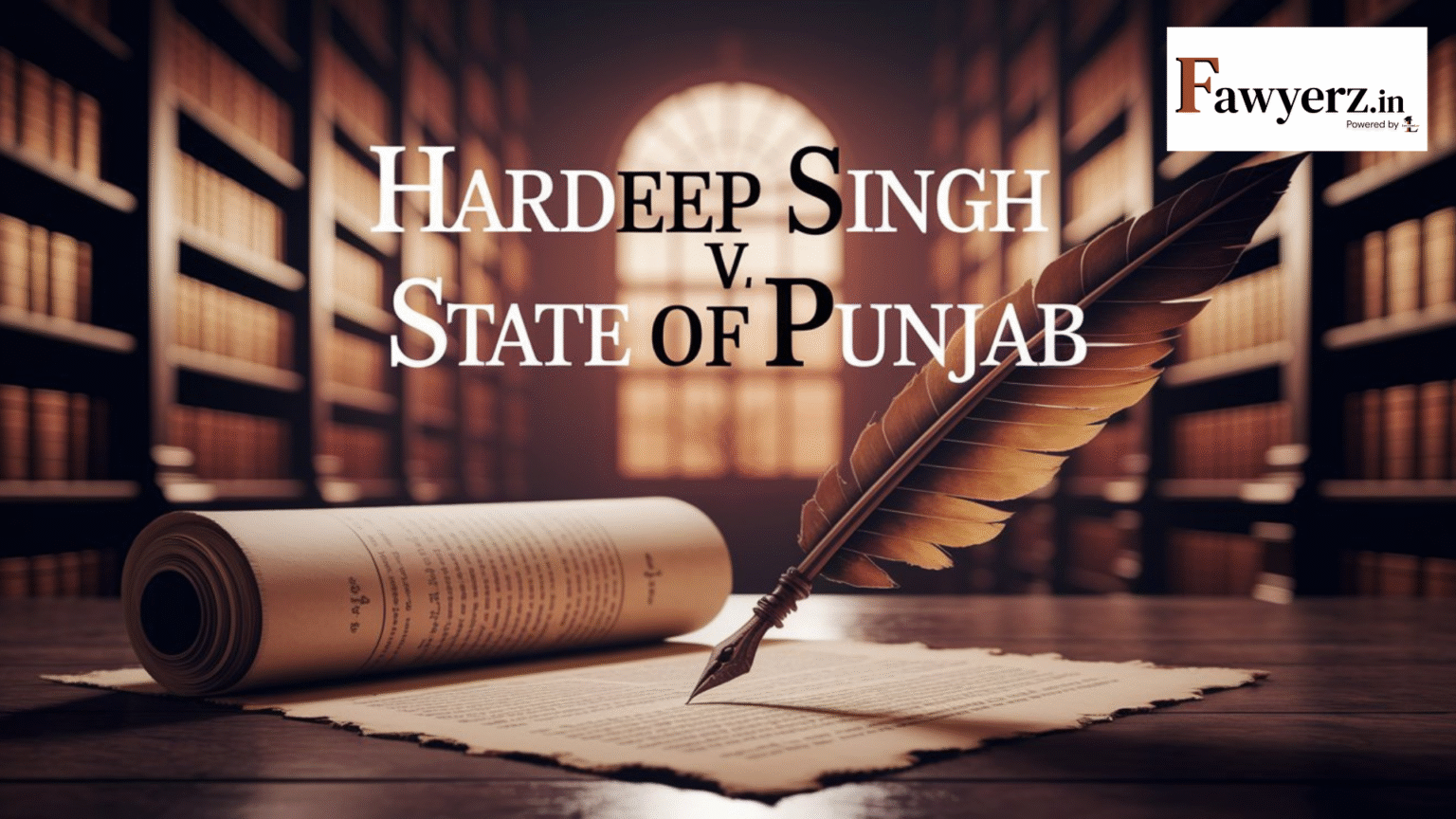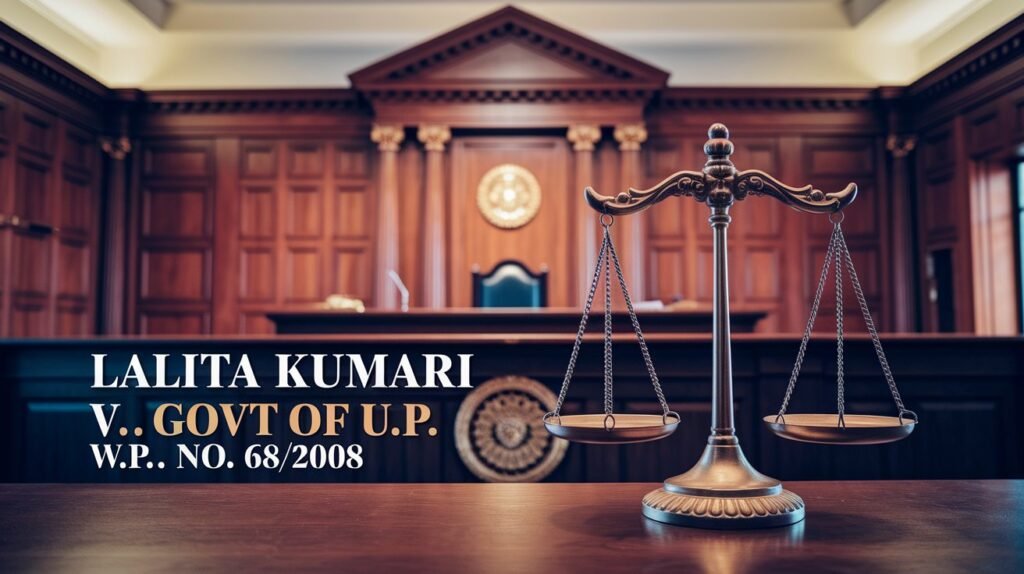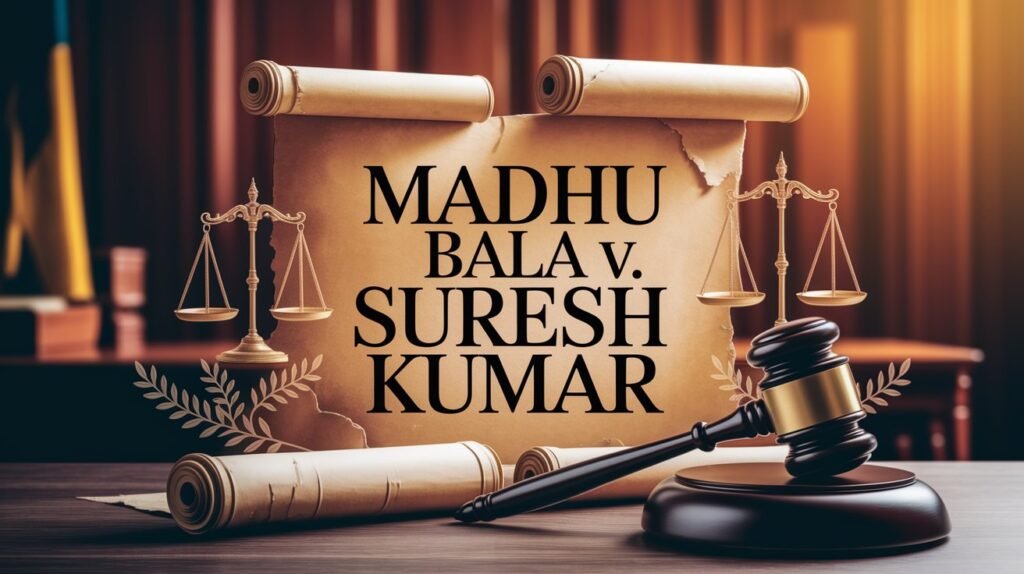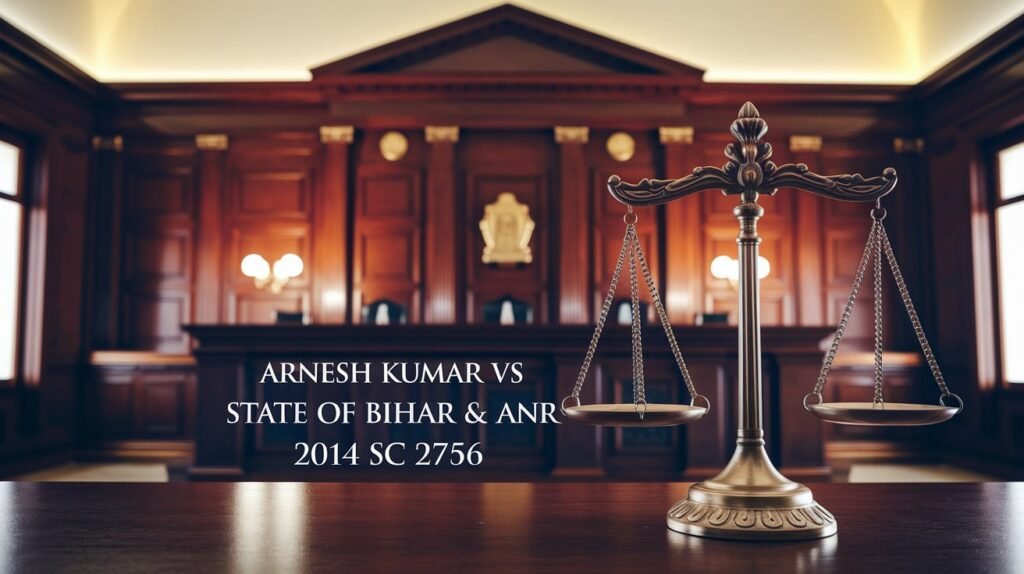Hardeep Singh v. State of Punjab 2014 (Case Summary)

This case clarified the scope of a magistrate or court’s power to summon additional accused during the trial, even if their names were not in the charge sheet. The Supreme Court explained what “inquiry” means under Section 319 CrPC and settled the confusion around when and how this power can be exercised.
Table of Contents
ToggleFacts of Hardeep Singh v. State of Punjab
- In June 2004, Hardeep Singh and others were charged with offences under Sections 326, 336 and 427 IPC arising from an assault and property damage while ploughing leased land.
- During the trial before the Sessions Judge, the prosecution’s own witnesses implicated two additional persons who had not been named in the charge sheet.
- An application under Section 319 CrPC was made to summon those two individuals as accused; the Sessions Judge and the High Court both refused to exercise the power.
- Hardeep Singh then appealed to the Supreme Court to clarify the proper scope and exercise of Section 319.
Issues framed
- Whether a court can summon additional persons as accused during the trial even if they were not chargesheeted by the police?
- Whether the term “inquiry” under Section 319 CrPC includes the trial stage?
- Whether the standard of evidence for summoning a new accused is the same as for framing charges?
Subordinate Court Judgment
The trial court had refused to summon the additional accused. The High Court also declined to interfere, leading to an appeal before the Supreme Court for clarification on Section 319.
Judgment of Hardeep Singh v. State of Punjab
The Supreme Court interpreted Section 319 CrPC (now Section 357 BNSS) and held that a court has the power to summon someone as an accused even during the trial, as long as evidence on record points toward their involvement in the offence. The Court clarified that “inquiry” under the section includes both pre-trial and trial stages.
The Court explained that the power under Section 319 is extraordinary and must be used with care. However, it also said that courts should not hesitate to exercise this power when strong evidence appears during the trial. The standard of proof required is higher than mere suspicion but less than full proof of guilt it must show strong involvement prima facie.
In its final decision, the Court said that fair trial means all real offenders must be brought to justice, and not just those named in the charge sheet. The case reaffirmed that trial courts are not helpless and can act upon evidence that emerges in court. It directed that persons against whom such strong evidence comes up can be summoned at any stage before the judgment is delivered.





